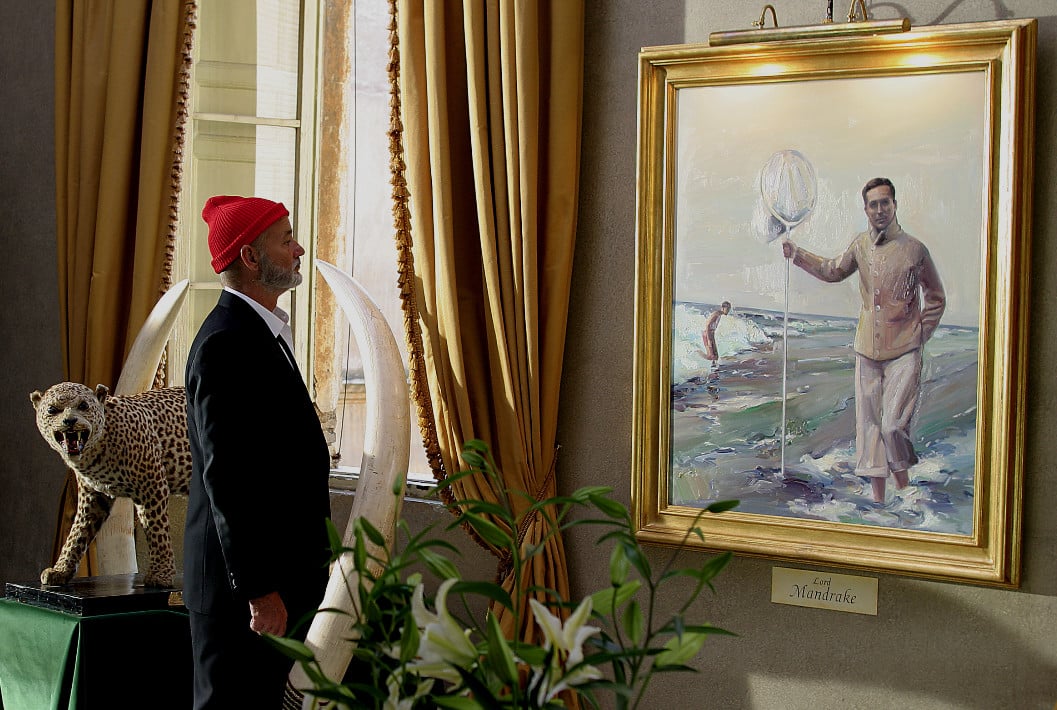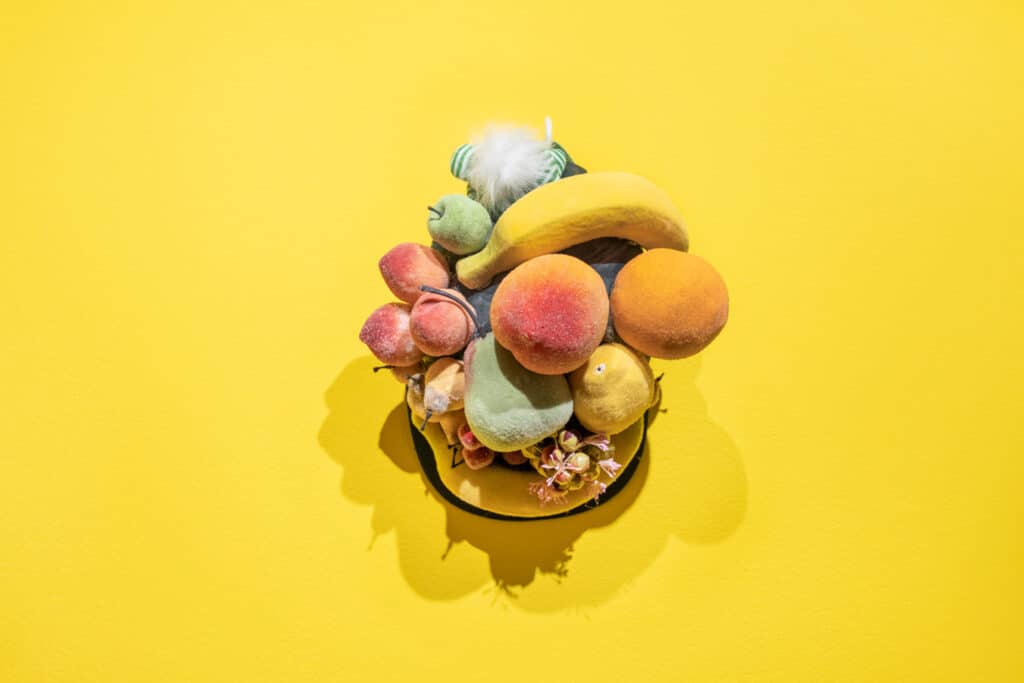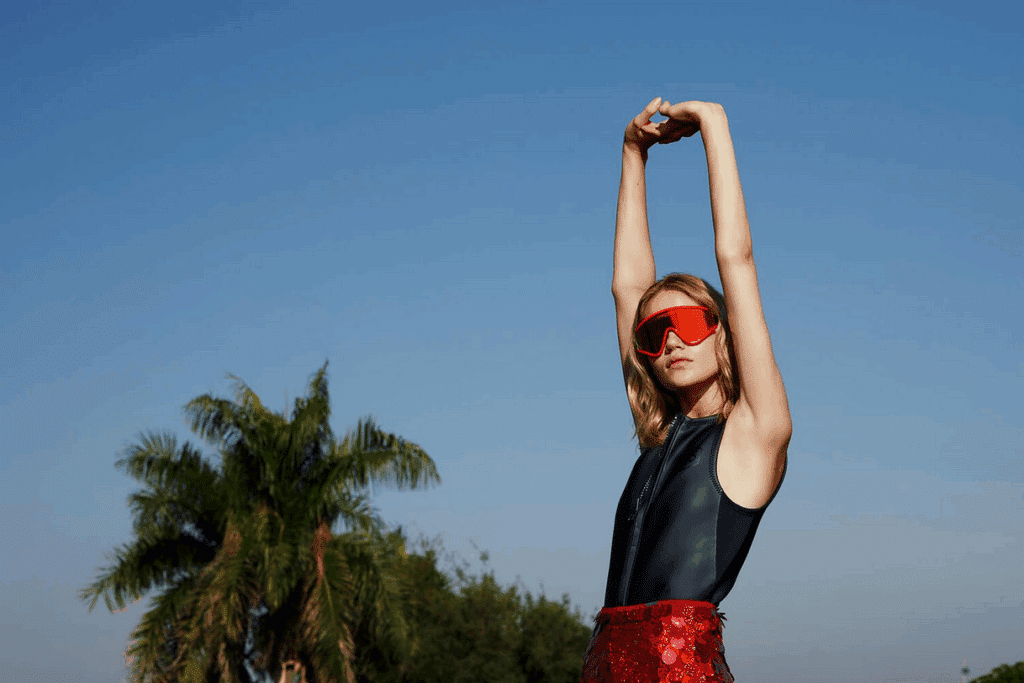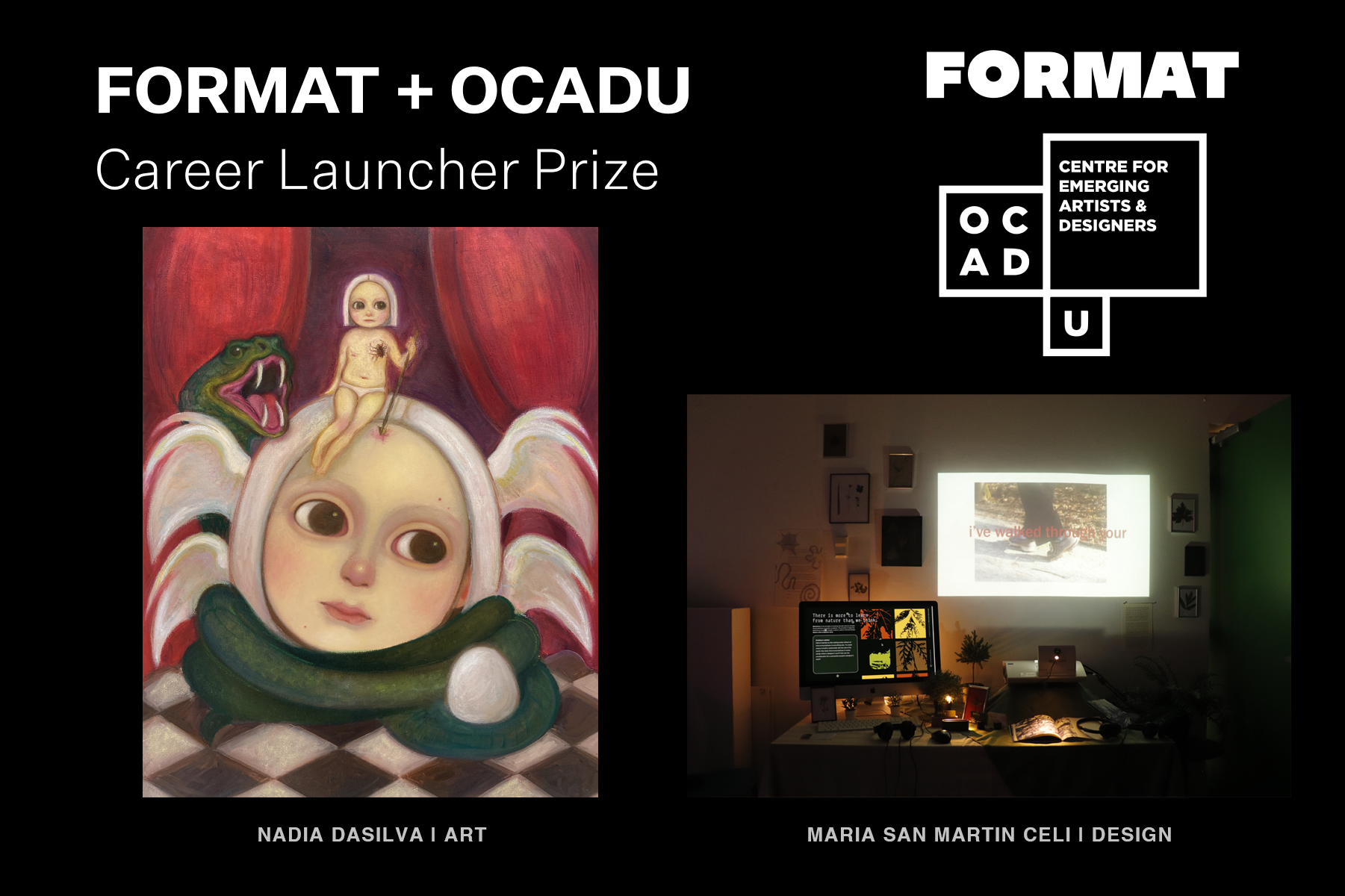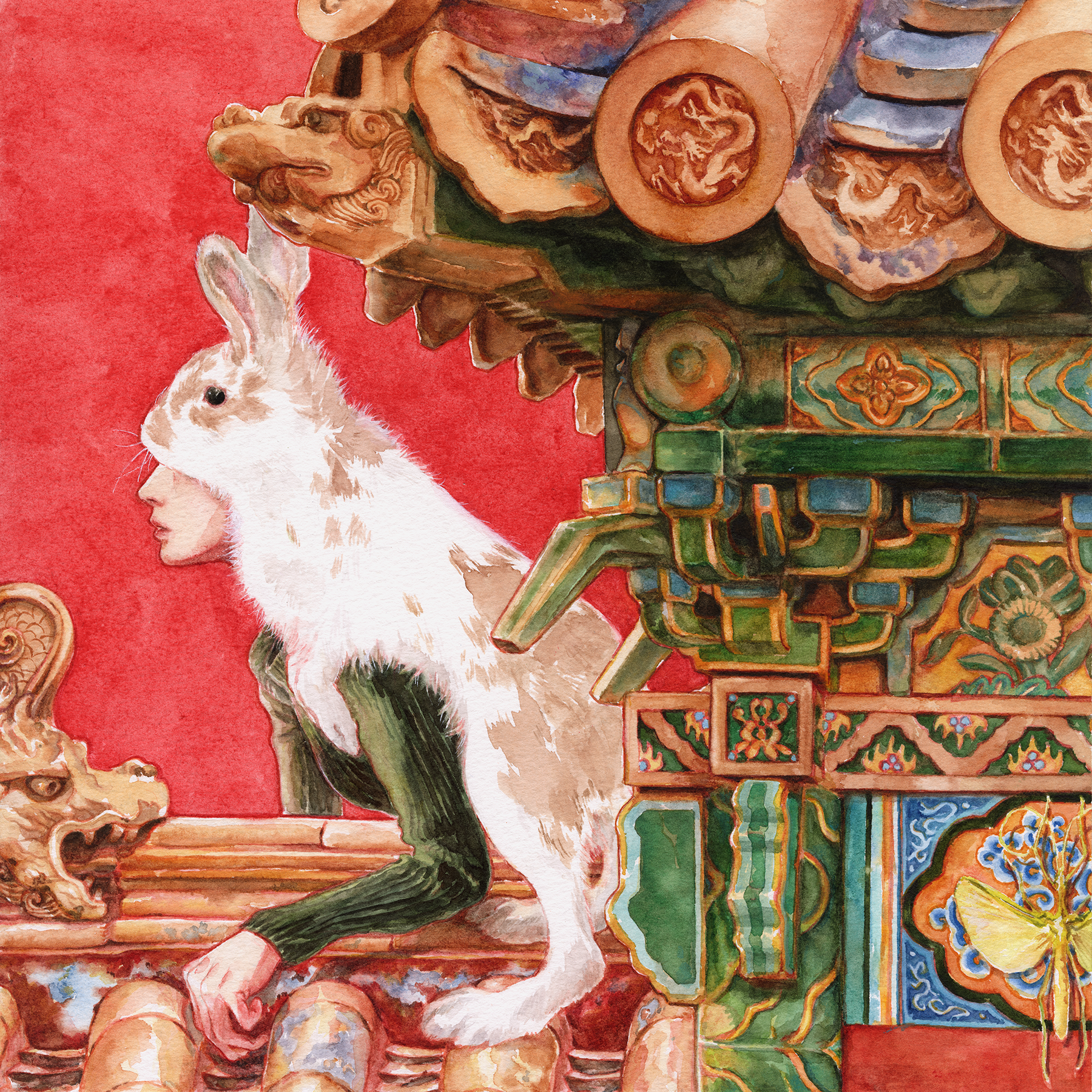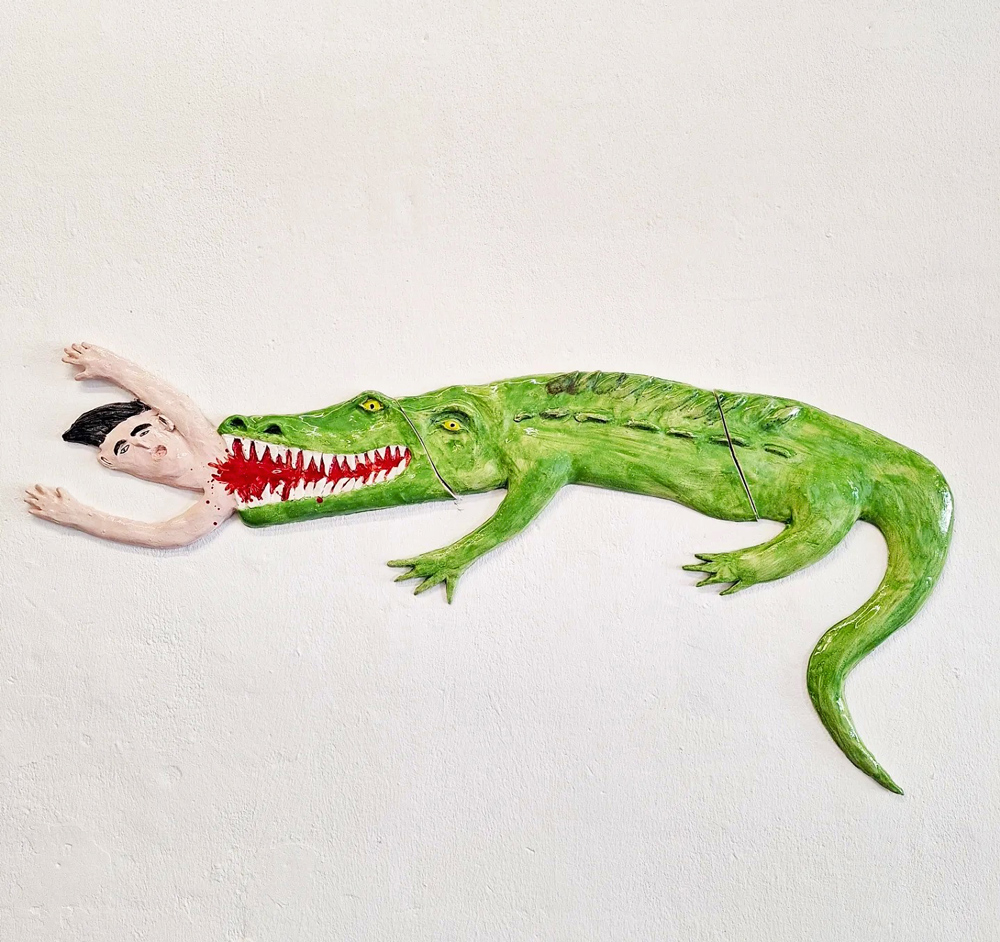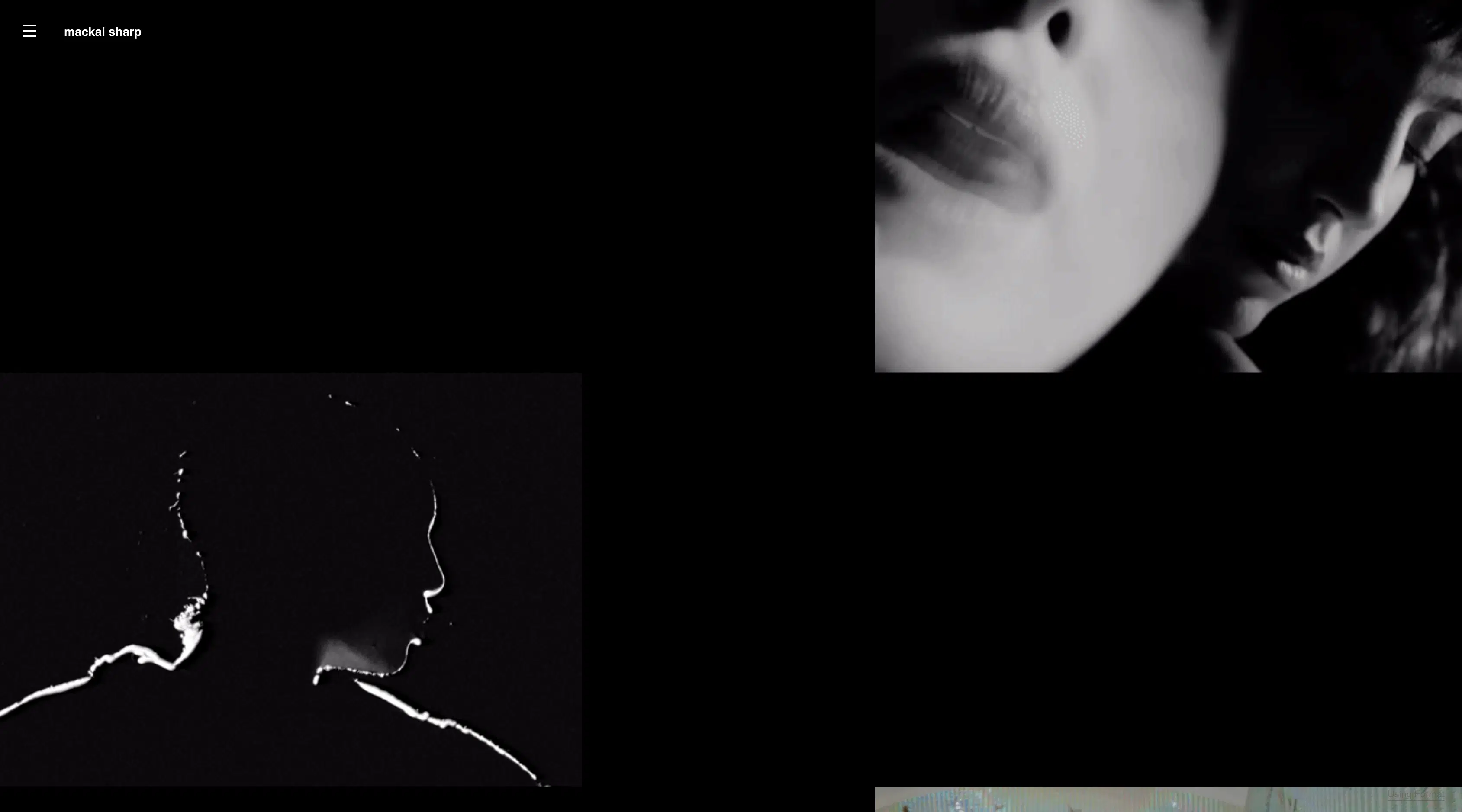If you’ve seen Vinyl on HBO, Happyish on Showtime, Mozart In The Jungle on Amazon Prime, or major motion pictures like Spiderman 3 or Moonrise Kingdom, then you’ve seen the work of Mark Pollard.
A New York-based artist by way of the Midwest, Pollard is simply billed as a “graphic designer” or an “art director” when you look him up in IMDB. But he’s found an incredible niche within the design world that few people realize exists: he creates the art that you see within film and TV projects. The logos, paintings, posters, storefronts and other artwork helping to reinforce the setting and storyline is made by Pollard and people like him.
“My first brush with show business came as a kid in Wisconsin,” he explained when I inquired how he wound up as a career artist in the entertainment field. “I come from a family of artists and my parents were creating artwork for TV show tie-ins, such as lunch boxes, coloring books, and paper dolls. They once were sent a 16-millimeter reel of the first Partridge Family episode before the show premiered. I snagged the film, made posters and set up a projector in the backyard. I made my first show business dollar that day, charging kids 50 cents a head. I was kinda the big man on the block for about a week after that.”
His first proper on-set assignment was still far down the line, however. “I did a portrait of Kojak star Telly Savalas when I was a teenager, which was presented to him at what now would be a hipster bowling alley in North Chicago. He was a very smooth guy and later wrote me a note that said, ‘Mark, You’re beautiful. -Telly.’ It made a big impression. I think I still have that note somewhere.”
One-off and freelance assignments continued for Pollard, who designed publications and catalogs for the Pace Gallery in New York for over a decade. A chance encounter there would change the direction of his career.
The threat of damaging these expensive works of art on a set is way too high. The insurance alone would be astronomical.
“One day Oliver Stone came in looking to rent real contemporary artwork from the gallery for his sets on the movie Wall Street. That’s rather unusual because the threat of damaging these expensive works of art on a set is way too high. The insurance alone would be astronomical. He didn’t get his Rothko but I did learn about reproducing art for film.”
Pollad wound up creating paintings of paintings for that film. “It got the gears turning that I might be part of something here. He later cast me in JFK in a small part—but it was cut out and I still have conspiracy theories about this.”
Word of mouth continued to spread, leading to more assignments for Pollard. “In the late 80’s I designed a photo book called Nightmares In The Sky with Stephen King and sold a treatment for a Warner Bros. movie. It’s a long, convoluted Hollywood story that’s been told a million ways, but basically the movie never was made. In the process, I designed a series of posters and visuals for the prospective movie and found that the creative side of film was much more interesting to me. I realized that I have no stomach for the business end of show business. It’s really all heartache.”
I realized that I have no stomach for the business end of show business. It’s really all heartache.
While some directors and production designers prefer to have the bulk of the research and artwork decided upon early into their production, others work more organically and let design evolve throughout a production. In spite of those ranging differences, Pollard explained that, “most of the time it all works out well. It only becomes stressful when there are budget and time restrictions that don’t allow for the full creative process. Then it can get a little chaotic but it always gets done in the end.”
As no two projects are the same, the amount of praise heaped upon an on-set designer also varies. “My father was a Marine combat artist,” Pollard said. “He worked for Stars & Stripes and did drawings of people like Raider Russ. He would always say that you only hear back about a job if it is a problem. So he would encourage us not to be looking for praise.”
“That being said, you feel the appreciation on-set when things are coming together well. It’s more of a communal congratulations amongst the whole crew. It’s a five-second high-five when we realize we just nailed that one, and then it’s ‘OK, on to the next set’ without a breath in-between.”
When it comes to the process of making the art for a production, where the art is made can also vary. “Much of the designs are fabricated off-site but for some projects, such as period pieces like Mildred Pierce or Boardwalk Empire, we rely heavily on the scenics and construction crews.”
“Coming from a family of traditional painters, I appreciate the craft when I see them work the old-school magic. I can give them drawings, pounces and general reference and they create the final by hand. They really are some of the best artists in the film business.”
While actors, directors, producers and songwriters earn royalties for their on-set work, artists like Pollard are generally not offered the same luxury. “Mostly all artwork created specifically for a project is the property of the studio,” he said.
But sometimes he does maintain ownership of his work. “I do create original artwork that sometimes a designer will see and want to fit it into a production,” he explained. “This is personal work that isn’t created under the direction of the studio. So I own that and just lease it to the production. Usually it’s background paintings that a character might have hanging in their house or office. It doesn’t happen too often, though.”
I can pretty much conjure up something for 1920’s speakeasy or 1970’s cop show in a blink of an eye these days.
Sometimes some of that work can be repurposed, Pollard noted, but inspiration is rarely a problem for him. “I can pretty much conjure up something for 1920’s speakeasy or 1970’s cop show in a blink of an eye these days.”
Although much of Pollard’s work comes from existing connections, there are still some industry dealings for him. “I have an agent for designing books who deals with the publishers, but not for my film work.” He told me that few production designers have agents, and it’s those agents who generally do the hiring. “After being in the industry for a while we all know each other. Sometimes I’ll take a particular job just because I look forward to working with certain people. It makes the work more enjoyable.”
Pollard’s credits often overlap in terms of release dates, yet he feels that working on multiple projects at once is rarely an option for this career path. “When working on a production, it’s usually too intensive to take on extra projects. Sometimes there’s call for small art jobs that I can squeeze in over a weekend or so.” He noted that the appeal of those “weekend” gigs is in being “like a big family” and relating to the many people who’ve been there when he’s been in a similar crunch.
Even when things are busy between work and family obligations, Pollard still sees the importance of creating art as a hobby. However, the creative process between the two varies drastically.
“Personally, I need a little quiet time and a nice space to paint. It’s all lovely tea and roses…I’m still painting for myself, though it always feels elusive. It has always been a type of windmill to me. For film work, everything’s going so fast that you can’t be caught in your office meditating when the work needs to be on-set. It’s ‘shut up, grab a bagel, and get it done.’” But sometimes that rush helps inspire him in a positive way: “It’s definitely exciting and I sometimes have indigestion at the end of the day, but hey, it’s what I do and I love it.”
What advice does Pollard have for someone looking to follow in his footsteps career-wise? “The trend now in filming is digital imaging and illustration. More and more movies are being designed top-to-bottom by digital artists. Hugh Sicotte shows the kind of work contemporary film making is looking for.”
But there are exceptions to today’s digital majority. Pollard says, “There are still directors, like Wes Anderson for example, who decry the creep of things digital. He’s a different shade of brilliant and doesn’t need to follow trends.”
